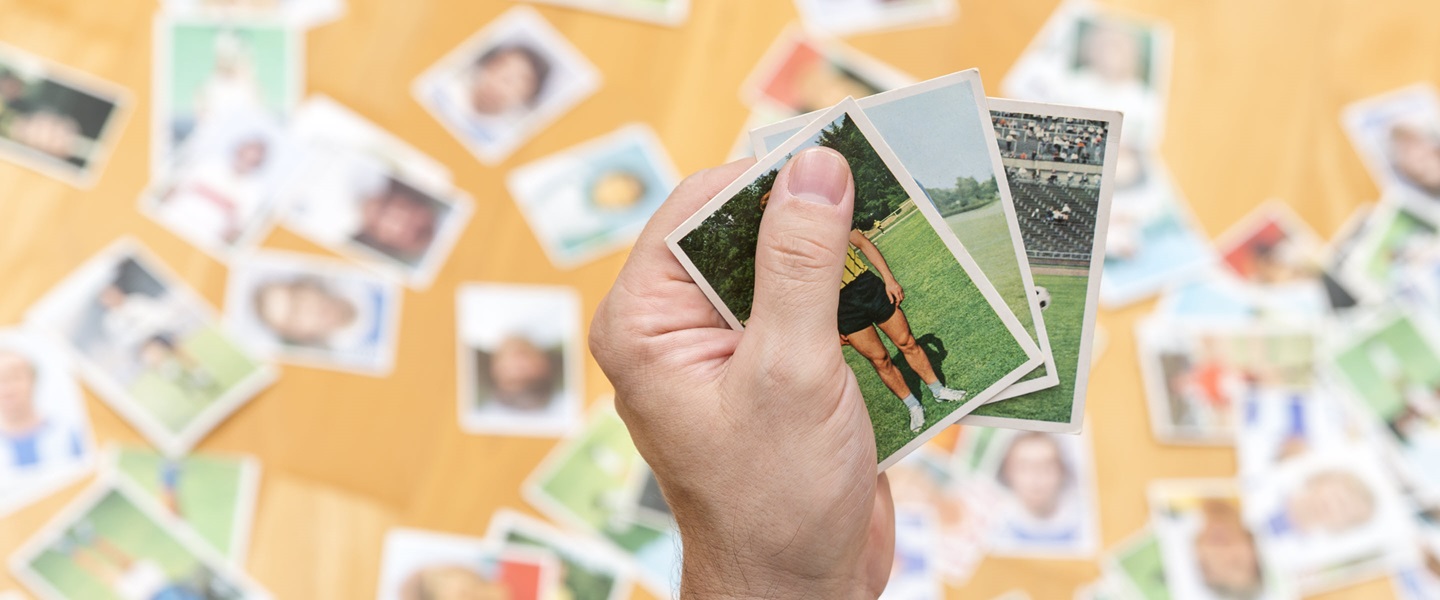Accurately represent your assets
High-quality digital scans provide the best representation of your collection, ensuring you get the most money for the rarest cards in your collection.
Share photos on social media
300 dpi scans are perfect for sharing with friends or other collectors so they can read the card’s stats and admire the fine detail of its quality.
Build more competitive decks
For trading card games like Pokemon or Magic: The Gathering, flipping through your collection to build a deck can be laborious and time-consuming. Digitized cards can be easier to search, tag, and group to find the best combinations for competitive play.




